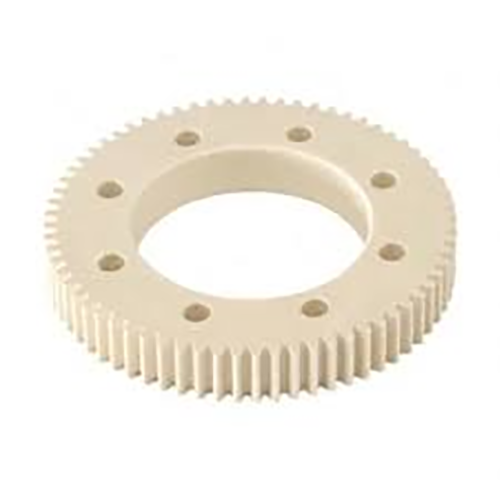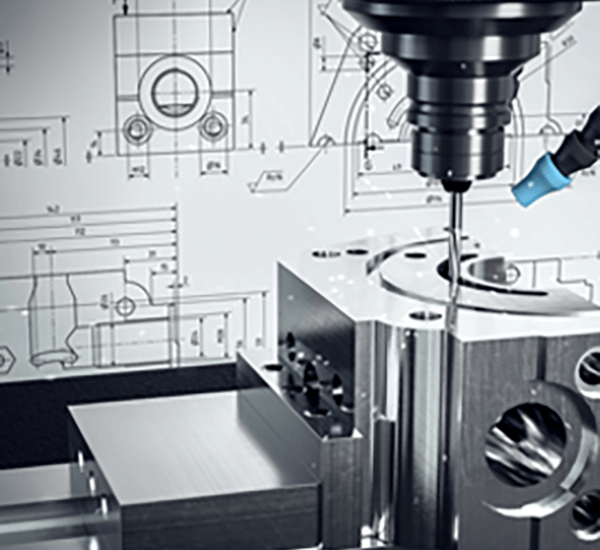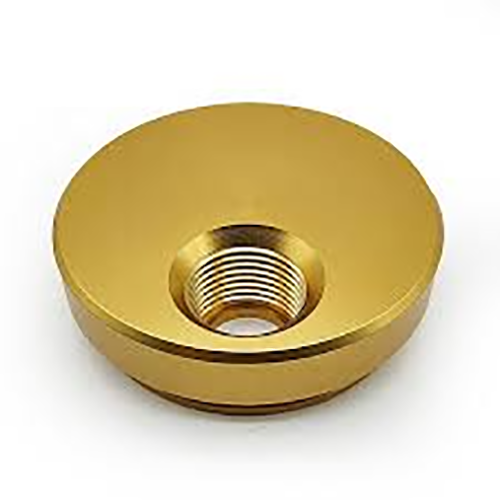
Producing the required exterior polish for a processed workpiece stands as fundamental.
- Design documents set out definitive finishing requirements for parts
- Technical callouts use Ra, a measure of average irregularity, to quantify finish
- Understanding these callouts is fundamental for ensuring manufactured parts meet performance requirements
- Specified roughness affects lubricant distribution, frictional performance, and durability
- Correctly reading the finish notation is necessary to attain the intended result
Understanding Precision Engineering in CNC Machining

CNC-driven fabrication functions as a modern manufacturing method through G-code driven routines the hardware sculpts intricate parts accurately.
- Automated machining allows fabrication of accurate parts from multiple materials
- The versatility of CNC machining makes it ideal for aerospace, automotive, medical, and electronics
- Programmed machining assures dependable consistency across manufacturing cycles
Across R&D to production scale-up CNC machining drives manufacturing evolution
Interpreting CNC Specifications
Making sense of CNC specs can seem confusing on first pass
However with a bit of knowledge and a systematic approach you can easily navigate these technical details
Kick off by isolating primary specs such as rpm, feed, tolerance, workspace, controller
Each characteristic modifies the machine’s effective performance.
In practice greater spindle speed often suits ductile substrates whereas higher feed supports productivity.
Knowing these correlations permits matching machine capabilities to your specs
Be sure to refer to vendor documentation completely.
Provided manuals commonly contain clarifying information and define jargon
What You Should Know About CNC Machines
Computer numerical control machines denote software-driven tools for precise automated fabrication of many substances They process programmed G-code to regulate toolpaths and actuator behavior.
- Typical CNC models span milling centers, rotary lathes, CNC routers, plasma tables
- Processes are adaptable to metals, polymers, timber, and composite materials
- In addition these machines facilitate quick prototyping and short-run manufacturing for startups and labs
CNC Fundamentals and Principles
They demonstrate convergence of tight hardware tolerances and refined software control These versatile tools utilize computer programming to automatically manufacture a wide range of parts from simple components to complex assemblies Essential concept transposes digital designs into manufactured reality.
- Computer Numerical Control machining
- CAD-to-CAM integration
It includes exact tool motions driven by CNC instructions Manufacturing staff set tooling parameters, oversee machining, and confirm quality outcomes.
The Role of Surface Finish in CNC Machining
Meeting set surface quality in CNC work is significant It impacts both functional performance and surface look The material, machining regimen, and subsequent finishing treatments contribute to surface quality.
Fine finishes raise resilience whereas rough profiles can restrict performance Numerical control machining supplies multiple methods and cutters to obtain target textures.
- For instance varying cutting insert shapes |carbide alloys|feed and speed combinations to realize required texture
- Alternatively post-processing methods like polishing grinding sanding can be employed to improve the surface finish
Recognizing how feeds, speeds, and tool geometry interact yields optimal finishes.
Understanding CNC Machines: A Beginner's Guide
Computerized machining precisely produces parts from metals, plastics, and other materials They execute coded toolpaths to create intricate parts repeatedly Understanding machine control, programming, and tooling choices is crucial for effective machining
Use cases cover aerospace, automotive, medical, electronics, and more sectors From aircraft parts to precision plastic molds, CNC creates complex high-quality items
How to Specify Surface Finish for CNC Parts
Precise surface specification proves essential in CNC machining It makes sure the product satisfies function and aesthetic demands Designers typically indicate finish using the Ra (roughness average) metric This numerical value expressed in micrometers inches or millimeters indicates the average height of surface irregularities.
Evaluate both finish smoothness targets and the operational application before specifying

Example: polished finishes often suit parts needing close tolerances and exact mating
Alternatively textured surfaces may aid applications needing traction or increased friction
Use explicit finish instructions on design documents to convey the surface requirement State the Ra figure and any extra machining or finishing instructions required.
Understand that effective surface annotations are critical to production success
Categories of CNC Machines and What They Do
CNC manufacturing hosts an extensive set of machines for assorted machining tasks They depend on CAD/CAM instruction to operate cutting tools for efficient part fabrication.
- Turning centers form shafts rods and cylindrical forms by cutting along axes
- Routers carve wood composite and plastics into detailed shapes and profiles
- Laser systems produce fine kerfs and detailed shapes in thin materials
Decision factors include the part’s material, feature complexity, and tolerance specifications Every machine class brings specific strengths that serve sectors like aerospace and automotive.
Achieving Optimal Surface Finish with CNC Machining
Obtaining fine surface quality is important and CNC technology delivers consistent control to attain it With deliberate feed-speed-tool strategies professionals steer cutting dynamics to achieve smoother surfaces Plus durable cutting materials and appropriate coolant control boost finish quality Strategic toolpath planning and precise machine adjustments result in superior finish quality.
Realizing Finish through CNC Code
Skillful CNC programming directly impacts the final surface quality Selected feeds speeds and tool geometry directly shape the resulting surface profile Thoughtful parameter choices coupled with correct lubrication help produce polished surfaces.
- Additionally routine tool define cnc machine checks and upkeep maintain consistent finish quality Continuous tool maintenance and oversight preserve high finish consistency In addition periodic tool servicing and checks secure consistent surface quality
- To optimize surface finish programmers should consider factors like material type desired surface roughness and the application requirements
- CAM previews let programmers modify strategies to avoid finish defects
- Besides that systematic tool upkeep and monitoring ensure sustained surface quality
